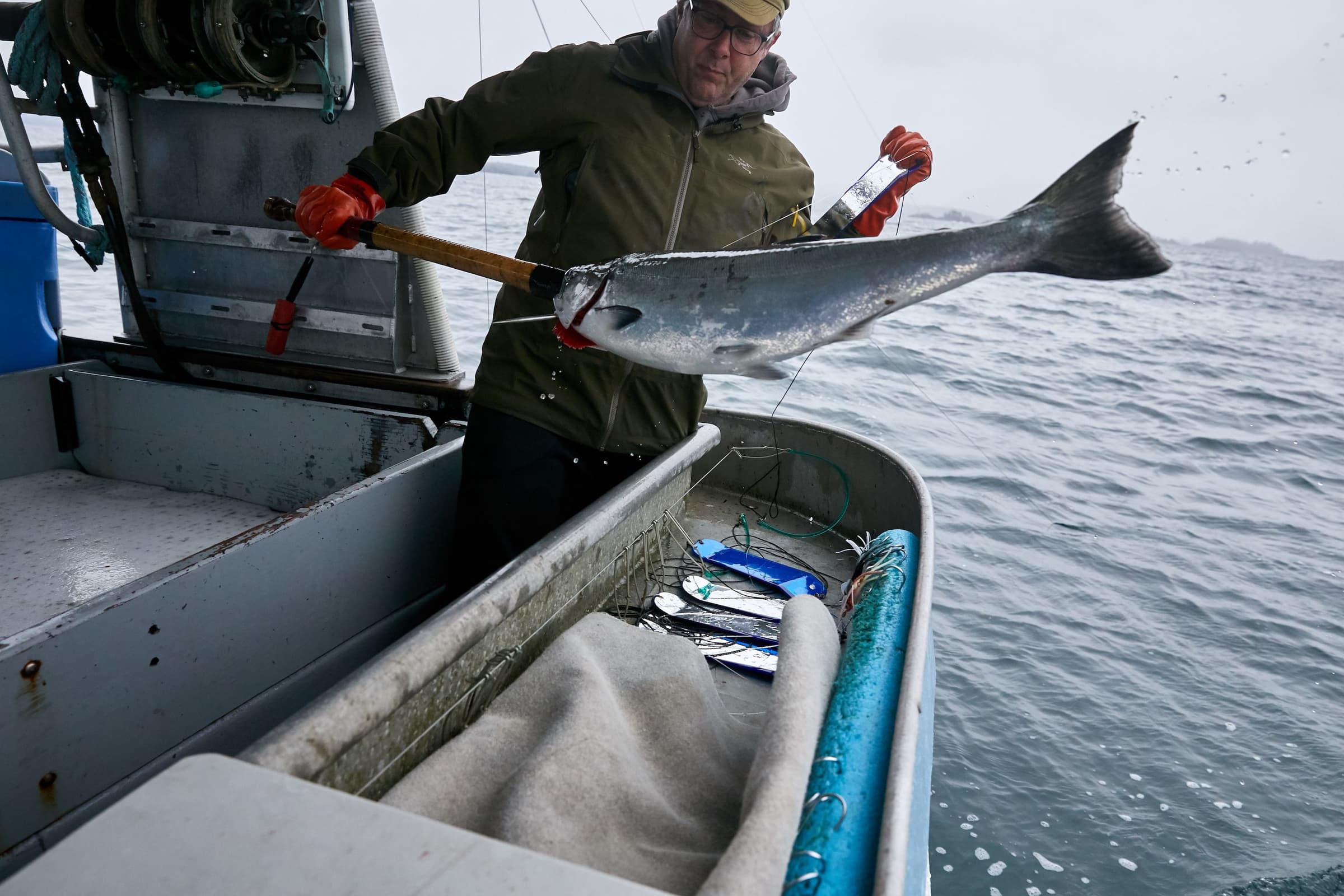SCIENTISTS OF THE SEA
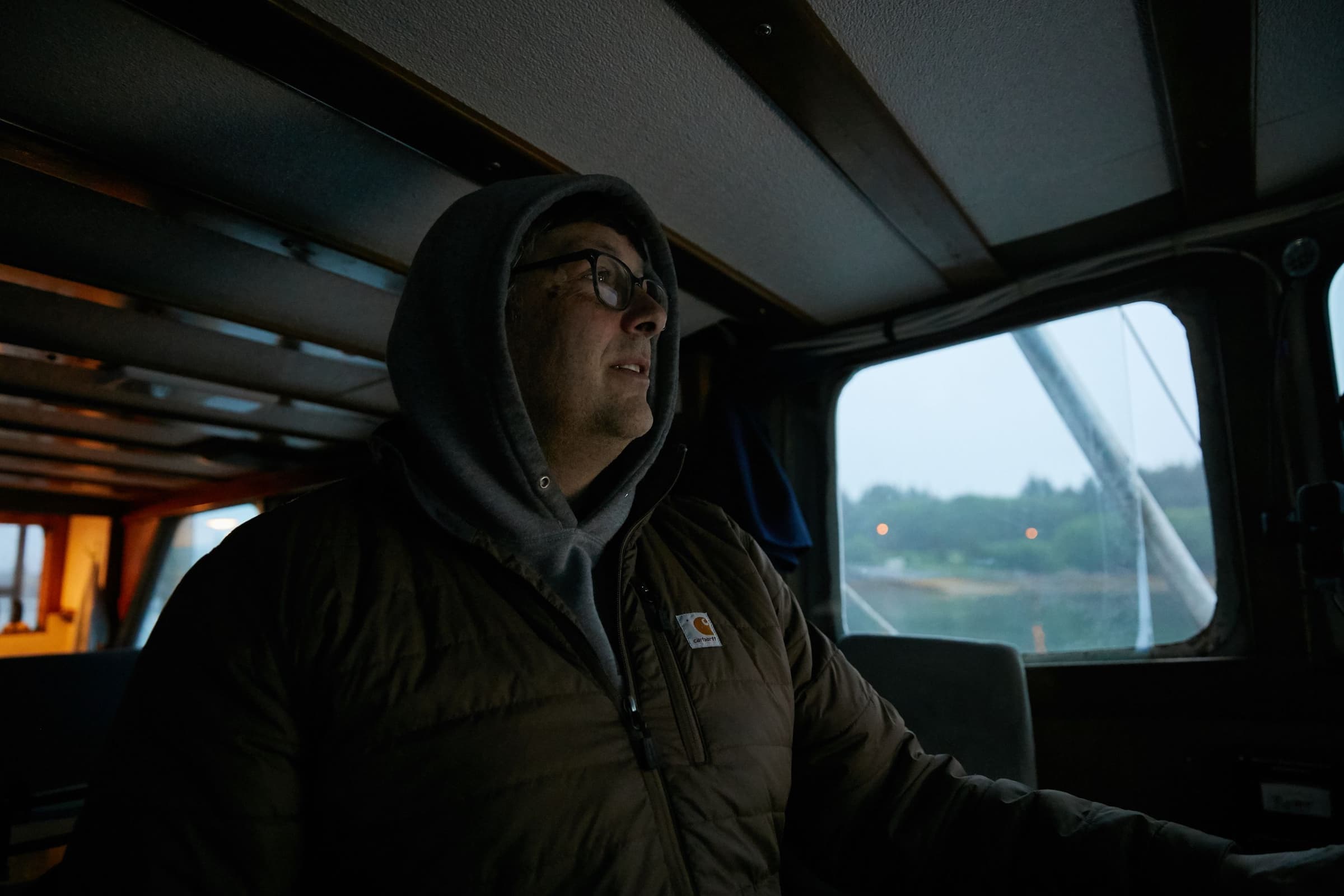
As summer transitions into autumn, we are all reminded of how the seasons still regulate our relationship with food. Our fishermen just caught the last of the summer salmon runs and are making plans for hunting expeditions and the well-earned rest that comes with the off-season. Accounting for such variability can be tricky, but it results in a healthier habitat, stronger fishing communities, and a better tasting fish for you.
Our community supported fishery is all about respecting the rhythms and limits of nature. Our projected catch reflects what nature provides. While the seasons provide us with unmistakable signals, how do our fishermen know if there truly are enough fish in the sea to catch responsibly?
The Alaska Department of Fish and Game (ADF&G) is responsible for researching and managing state fisheries, such as salmon, to both protect resources into the future and to ensure all stakeholders have access to wild fish. Lowell Fair and Troy Thynes are two biologists at ADF&G tasked with managing fish stocks in Southeast Alaska, which includes our home port in Sitka. Thynes, who focuses on salmon and herring stocks, explains the dual mandate of research and management as a “fine balancing act.”
“In the winter we publish reports that summarize harvests over the prior season,” Thynes explains. “Once we get into the season, we make decisions on a week-to-week and day-to-day basis, based on harvest, run size, and stock compositions.” All this information is communicated to fishermen through advisory announcements and personal phone calls. “It’s a very public process,” Thynes says.
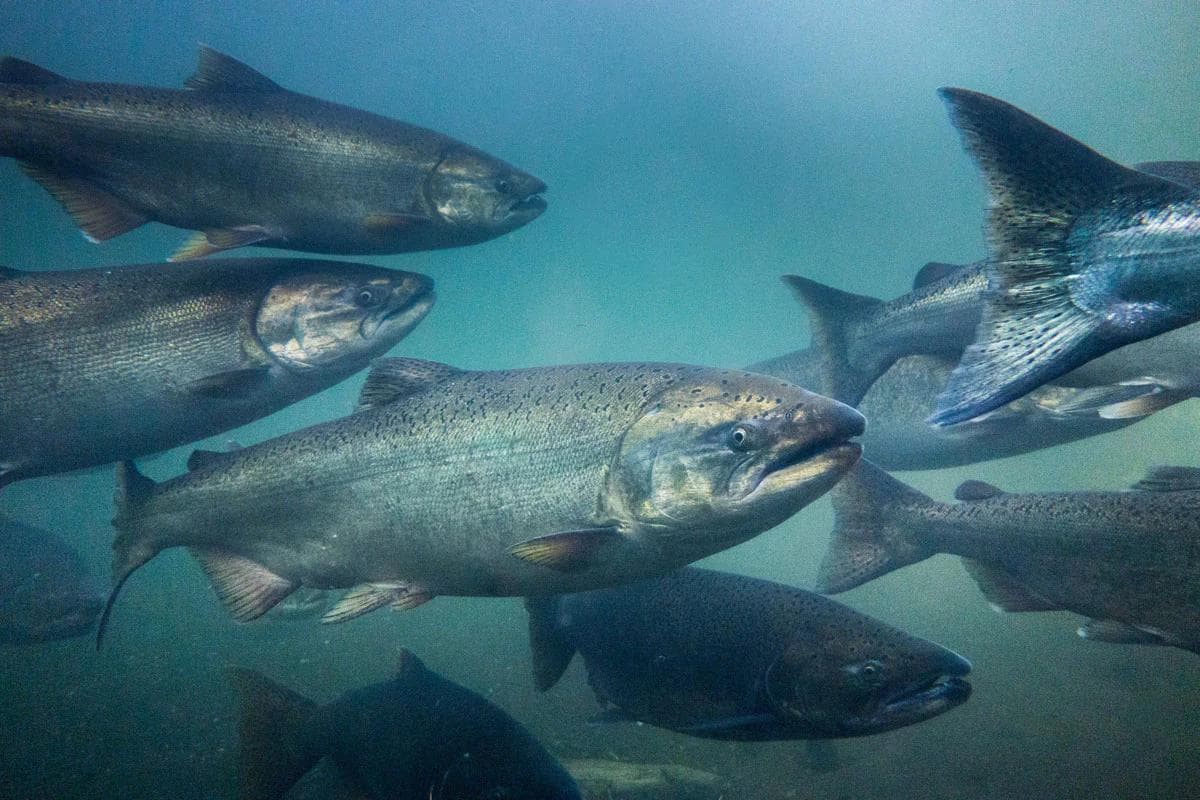
Lowell Fair, the regional supervisor for all of Southeast Alaska, says their “primary objective is to meet sustainable escapement goals.” Escapement is the annual estimated size of the spawning salmon stock. It is critical to ensuring a healthy run into the future. Fisheries biologists count fish through various methods. Observation towers, sonar systems, weirs, and mark-recapture tagging studies all allow biologists to estimate fish abundance. “Sometimes we fly an aerial survey and count peak numbers,” Fair says of more remote locations.
All of this data, from the pre-season assessments to in-season reporting, determines the length of salmon “openers,” or the the periods when a fishery is open to commercial harvest. If a fishery doesn’t meet its escapement goal, its season may be cut short or stay closed, as happened this year with the Copper River sockeye fishery.
Fishermen also play a critical role as stewards of fish stocks. “We are the eyes and ears of the ocean,” Captain Jeff Farvour says, speaking from his vessel on a patch of sea off the western coast of Kruzof Island. With Mt. Edgecombe, a dormant volcano visible throughout Sitka Sound, as a backdrop, Farvour somehow juggles the phone while piloting the F/V Apollo. “This is a really old fishery. There are some modern electronics, but this is fairly old technology that still works really well.” As Farvour maneuvers his vessel past a patch of kelp, he talks about reporting numbers to a state biologist. “The local area troll biologist has to manage down to the individual fish for king salmon,” Farvour says.
Good science also depends on cultivating relationships with a wide array of stakeholders. In the off-season, Farvour participates in policy and management forums of Alaska’s fisheries and is also the vice president of the Alaska Longline Fishermen’s Association (ALFA). “Those personal relationships I developed, where you get to see and participate with everyone working together, even if you are on opposite sides of an issue, has been the most rewarding part. You can often find not just common ground but strong alliances in what you would have thought to be an otherwise unlikely place,” Farvour says.
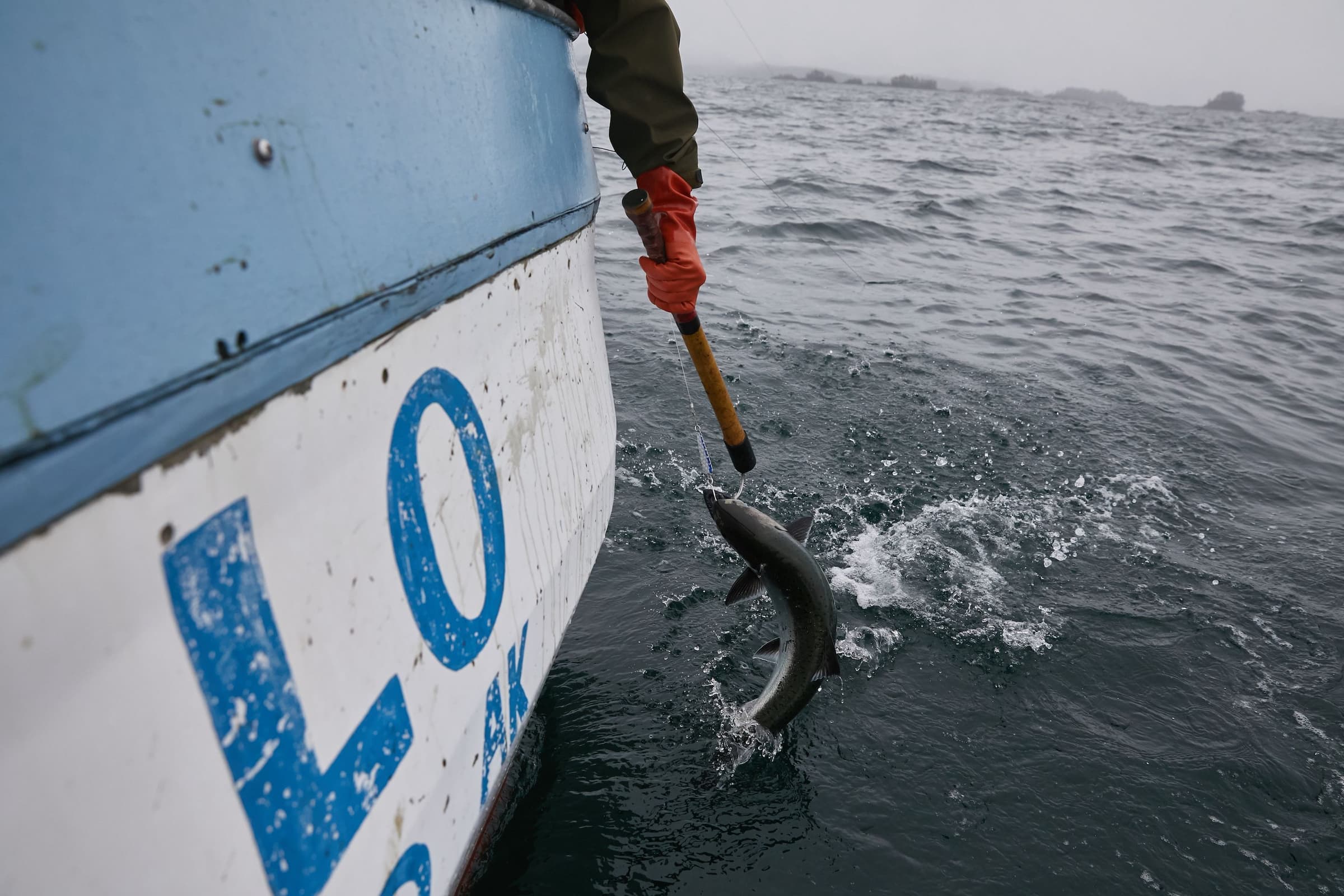
Farvour recognizes the challenges of ensuring there are enough fish in the sea to catch next year. One issue he is concerned about the impact of the growing sport fishing industry, particularly of charter boats that cater to out-of-state tourists at the expense of historic fisheries. “If I screw up, even if it’s unintentional, they [the State of Alaska] could yank my license for a year,” he says. Charter boats self-report their catch, which creates a different standard among fishermen. Bob Chadwick, the sport fish biologist for ADF&G acknowledges the need for better data. “By 2021, all charter vessels will be required to use electronic logbooks,” Chadwick says. “We get in-season data now, but this will be more efficient.” For Farvour, he wants to make sure “the people who live here that depend on these resources for food and livelihood” maintain access.
Despite these challenges and the unsettling threat of climate change, Farvour stays engaged in the science of the sea. Farvour takes pride in catching “the world’s healthiest foods that are best managed for people who really appreciate it. I love it!”
At Sitka Seafood Market we are committed to managing our impact on this vast ecosystem for future generations. It’s hard work, but it’s critical and worth doing. Science is a process that requires collaboration, and we are proud of the unheralded work of fishermen and state biologists in managing fish stocks today so they are here tomorrow.
